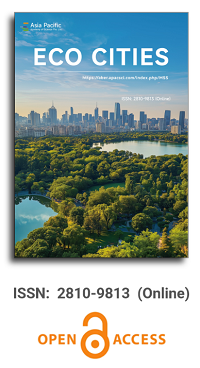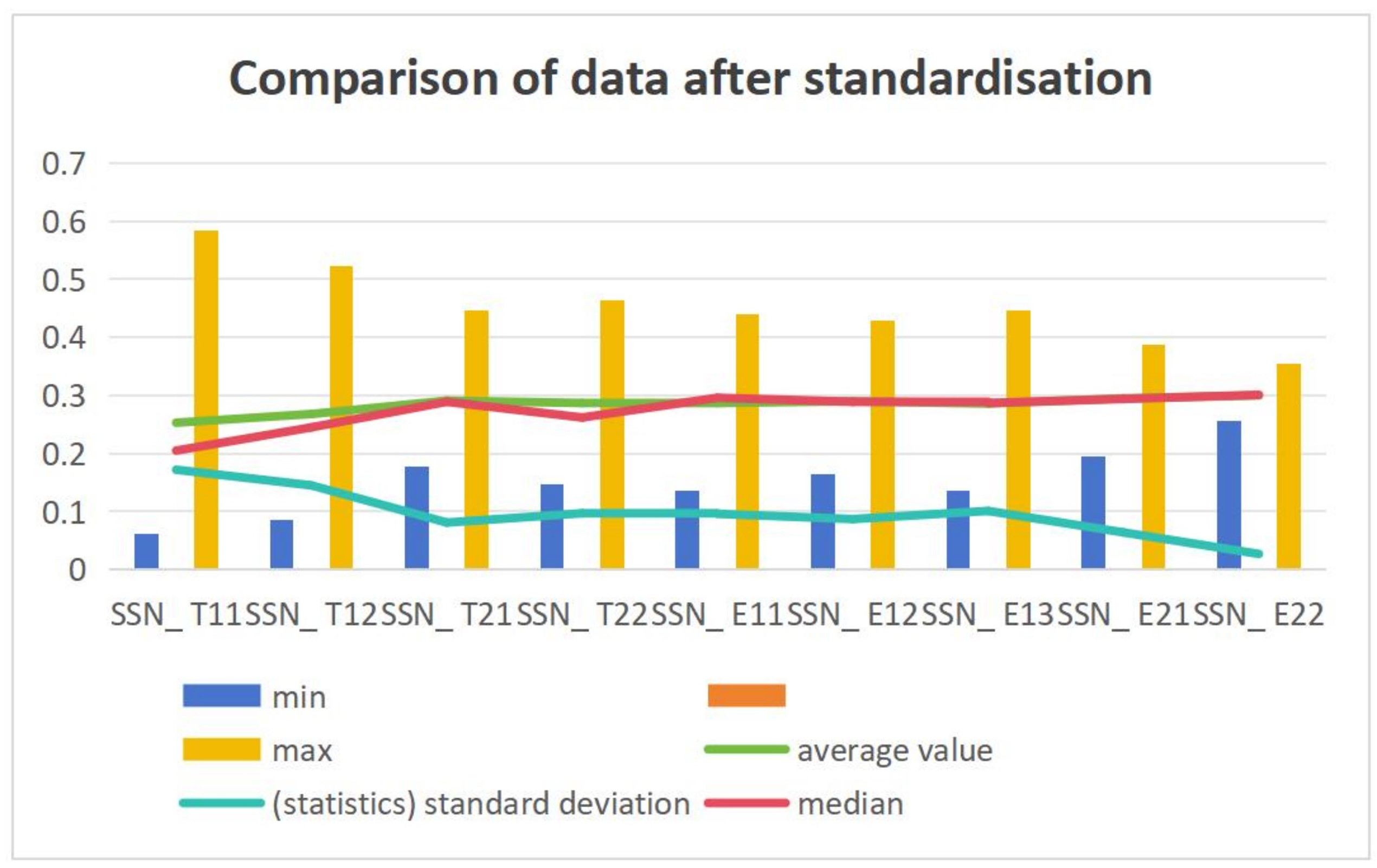


Contribution of genetic protection to the improvement of urban green space
Vol 3, Issue 1, 2022
Download PDF
Abstract
Through a theoretical review, the potential application of the genetic protection concept in urban green spaces was discussed. Usually, urban green space is regarded as a part of urban real estate, and its use is often related to the aesthetics of the city. Its planning does not consider technical or scientific aspects. In addition, the study of cities ignores the genetic conditions of species in a generally hostile environment. It is suggested to carry out genetic protection research in order to improve the quality of biodiversity in urban green spaces and achieve greater functional purpose.
Keywords
References
- Tello E. Ciudades sostenibles: Un cambio de rumbo (Spanish) [Sustainable cities: A change of course]. Mientras Tanto 1996; (64): 35–61.
- Pellissier V, Cohen M, Boulay A, et al. Birds are also sensitive to landscape composition and configuration within the city centre. Landscape and Urban Planning 2012; 104(2): 181–188.
- Wackernagel M. ¿Ciudades sostenibles? (Spanish) [Sustainable cities?]. Ecología Política 1996; (12): 43–50.
- Millward AA, Sabir S. Structure of a forested urban park: Implications for strategic management. Journal of Environmental Management 2010; 91(11): 2215–2224.
- Bettini V. Elementos de una ecología urbana (Spanish) [Elements of an urban ecology]. 1st ed. Madrid: Trotta, S.A; 1998.
- Higueras E. Urbanismo bioclimático (Spanish) [Bioclimatic urban planning]. 1st ed. Barcelona: Editorial Gustavo Gill; 2006.
- Fernández IC. Planning for urban ecosystem services: Generating actionable knowledge for reducing environmental inequities. Santiago de Chile: Arizona State University; 2017.
- Johnson LR. Long-term outcomes of ecological restoration and management in urban forest patches. The U.S.: The State University of New Jersey; 2013.
- Harnik P. Inside city parks. Washington, D.C.: Urban Land Institute; 2000.
- Harnik P. The excellent city park system: What makes it great how to get there. San Francisco, California: The Trust for Public Land; 2003.
- Arnberger A. Urban densification and recreational quality of public urban green spaces—A viennese case study. Sustainability 2012; 4(4): 703–720.
- Calthorpe P, Van der Ryn S. Sustainable communities: A new design synthesis for cities, suburbs and towns. San Francisco: Sierra Club Books; 1986.
- Forman RT, Godron M. Landscape ecology. New York: John Wiley & Sons; 1986.
- McGarical K, Marks BJ. Fragstats: Spatial pattern analysis program for quantifying landscape structure. General Technical Report 1994; 97331(503): 134.
- Carpenter SR, Turner MG. A decade of ecosystems. Ecosystems 2007; 10(4): 519–522.
- Carreiro MM, Song YC, Wu J. Ecology, planning, and management of urban forests. New York: Springer New York; 2008.
- Burguillos L, Parra L, Wagner E. Human, ecologican, and biophysical dimensions of tropical dry forests. Venezuela: Manual of Methods; 2008.
- Wagner JL. Evolution of a sustainable park: Forest Park. St. Louis, Missouri: Saint Louis University; 2013.
- Kramer AT, Ison JL, Ashley MV, et al. The paradox of forest fragmentation genetics. Conservation Biology 2008; 22(4): 878–885.
- Shanahan DF, Lin BB, Gaston KJ, et al. What is the role of trees and remnant vegetation in attracting people to urban parks? Landscape Ecology 2015; 30(1): 153–165.
- Fahrig L. Relative effects of habitat loss and fragmentation on population extinction. The Journal of Wildlife Management 1997; 61(3): 603–610.
- Fahrig L. Effects of habitat fragmentation on biodiversity. Annual Review of Ecology, Evolution and Systematics 2003; 34(1): 487–515.
- Manel S, Holderegger R. Ten years of landscape genetics. Trends in Ecology & Evolution 2013; 28(10): 614–621.
- Geburek T, Konrad H. Why the conservation of forest genetic resources has not worked. Conservation Biology 2008; 22(2): 267–274.
- Gazmararian J, Kripalani S, Miller M, et al. Factors associated with medication refill adherence in cardiovascular related diseases: A focus on health literacy. The Journal of General Internal Medicine 2006; 21(4): 1215–1221.
Supporting Agencies
Copyright (c) 2022 Barrantes-Sotela Omar
License URL: https://creativecommons.org/licenses/by/4.0

This site is licensed under a Creative Commons Attribution 4.0 International License (CC BY 4.0).

Chinese Academy of Sciences, China
Indexing & Archiving
Asia Pacific Academy of Science Pte. Ltd. (APACSCI) specializes in international journal publishing. APACSCI adopts the open access publishing model and provides an important communication bridge for academic groups whose interest fields include engineering, technology, medicine, computer, mathematics, agriculture and forestry, and environment.



.jpg)

.jpg)



